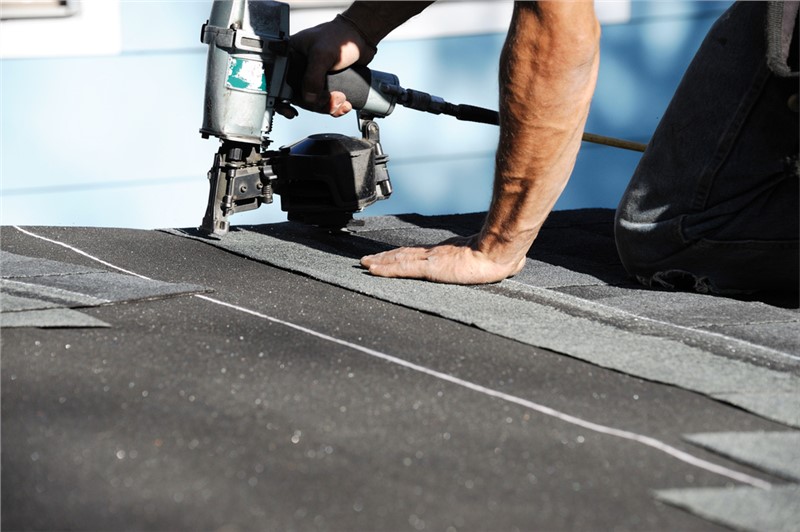
Your home’s roof is one of the most important parts of your house. As the first line of defense against outdoor elements, you want to make sure your roof is strong and sturdy.
If your roof has experienced damage as a result of a heavy storm or is simply aging, it can be difficult to know whether roof repairs or a roof replacement would be best.
Before making a decision on whether to install a new roof or just a few shingles onto your home, consider the points mentioned below:
Roof Age
When was your current roof installed? Depending on how old your roof is and how many storms it has withstood over the years, you may want to replace your roof entirely. If your roof is relatively new, roof repairs may be a better option.
What you want to avoid is having to continuously replace damaged shingles on an old and outdated roof that will require replacement soon. Asphalt shingle roofs should be replaced every 15-30 years, while metal roofs can last up to 75 years without needing to be replaced!
Severity of Roof Leaks
One of the most common signs of damage is a leaking roof. If you’ve noticed water stains on your ceiling or on your furniture, your roof has most likely been compromised.
It can be difficult to identify exactly where your roof needs maintenance, but a certified roofing contractor can help pin-point the source.
You want to make sure you take care of your leaky roof as soon as possible to avoid any further damage. Common side effects of a leaky roof are:
- Roof Sheathing
- Rotting Framing
- Mold Accumulation
- Damaged Ceiling
- Wet Insulation
Aesthetic vs. Structural Damage
There are two kinds of roof damage: aesthetic and structural. Aesthetic damage can be seen from the outside, whereas structural damage is usually felt. Some examples of aesthetic damage are visibly worn down roof shingles and algae growth in between roofing materials.
Structural damage is when roof shingles are curled, broken, or missing. Rusted or dented roof areas are also signs of trouble, signaling the area beneath your roof shingles is exposed to the elements.
Aesthetic damage to your roof can be addressed with professional roof repairs, but structural damage is more serious and may require a full roof replacement.
Geographical Area & Weather Inclinations
Another important factor to consider is weather patterns. If you live in a region of the United States that sees frequent natural disasters such as tornadoes, hurricanes, or hail storms—you want to consider the long-term implications of your roofing project.
Even if the immediate damage isn’t serious, you want to make sure any future storms won’t worsen your roof’s appearance or performance. Accumulated rain water in uneven areas of your roof and falling debris from trees can further weaken your roof’s stability.
Total Cost of Roof Replacement
Lastly—but perhaps most importantly, you want to consider the cost of a roof replacement and whether your homeowner’s insurance will be covering it.
Roofing repairs are less expensive than a roof replacement on the front end, but depending on the extent of damage to your roof, they may end up costing you more in the long-run.
Ask to Speak to One of Our Experienced Roofers About Your Roof Repairs
There’s no way to know whether a roof replacement or roof repairs will do the job without getting a roof inspection. Luckily, our roofing experts can provide you with a free roof inspection that will pinpoint exactly where there’s been damage.
After completing a thorough roof inspection, our experts will explain the damage found on your roof and help you come up with a plan to address it. Call the trained and trusted roofers at Roofing & Restoration Services of America to weigh out all of your roofing project options.
Subscribe to Roofing Restoration Services of America (RRSA)'s Blog

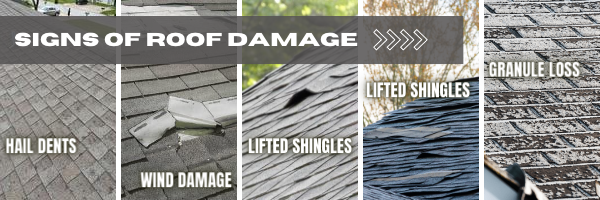
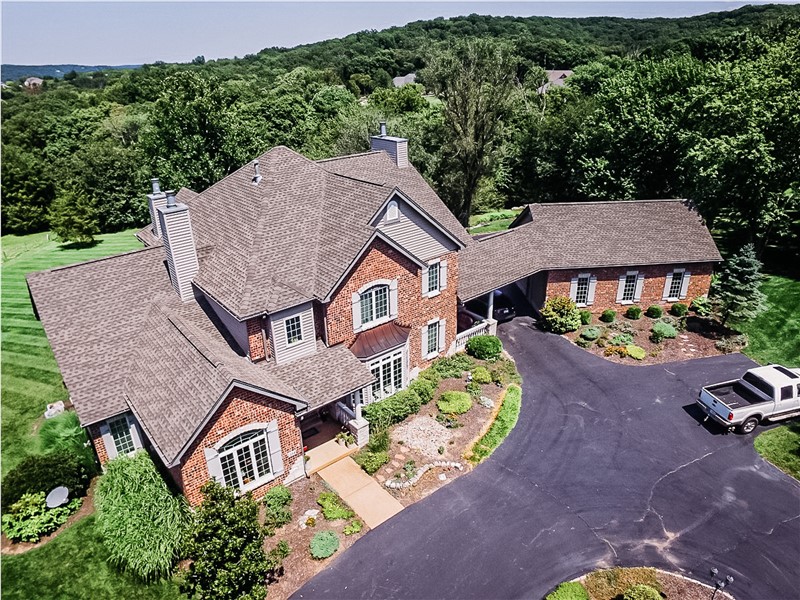
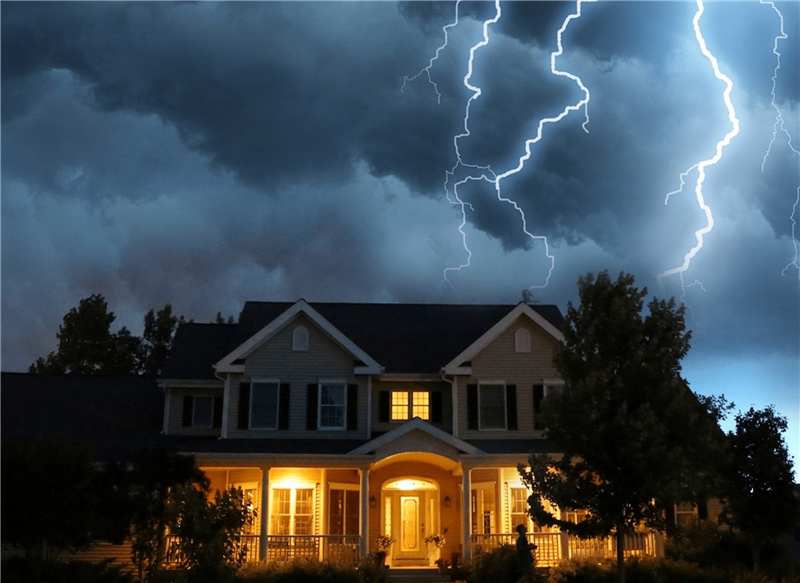



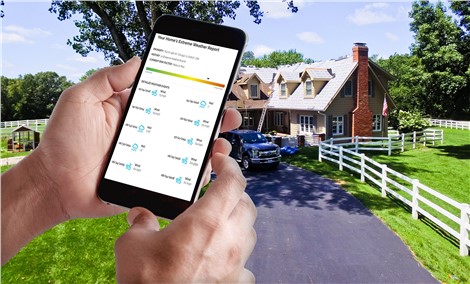
Comments